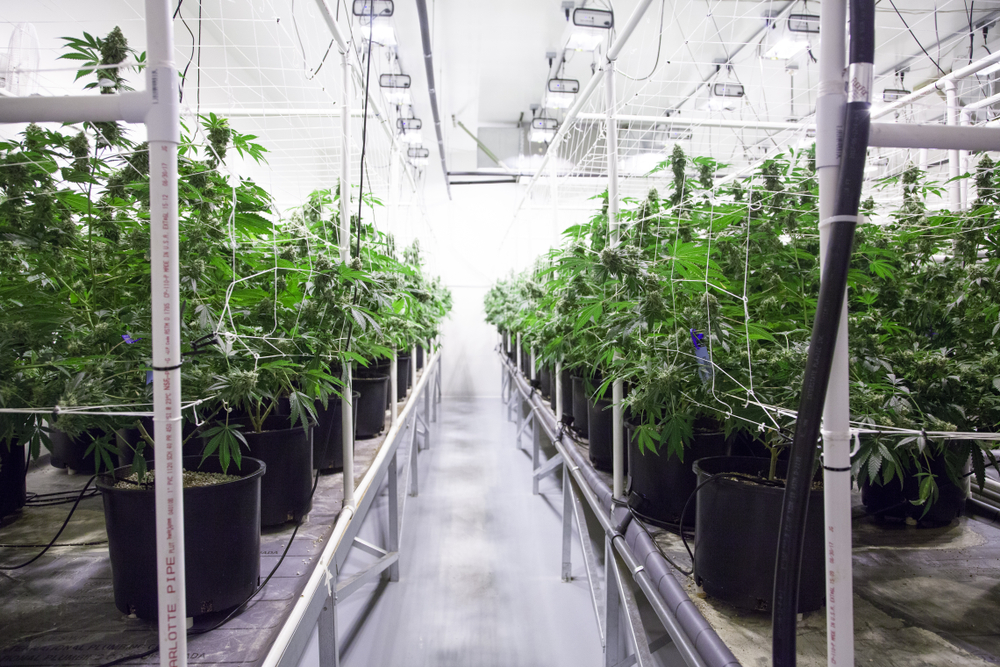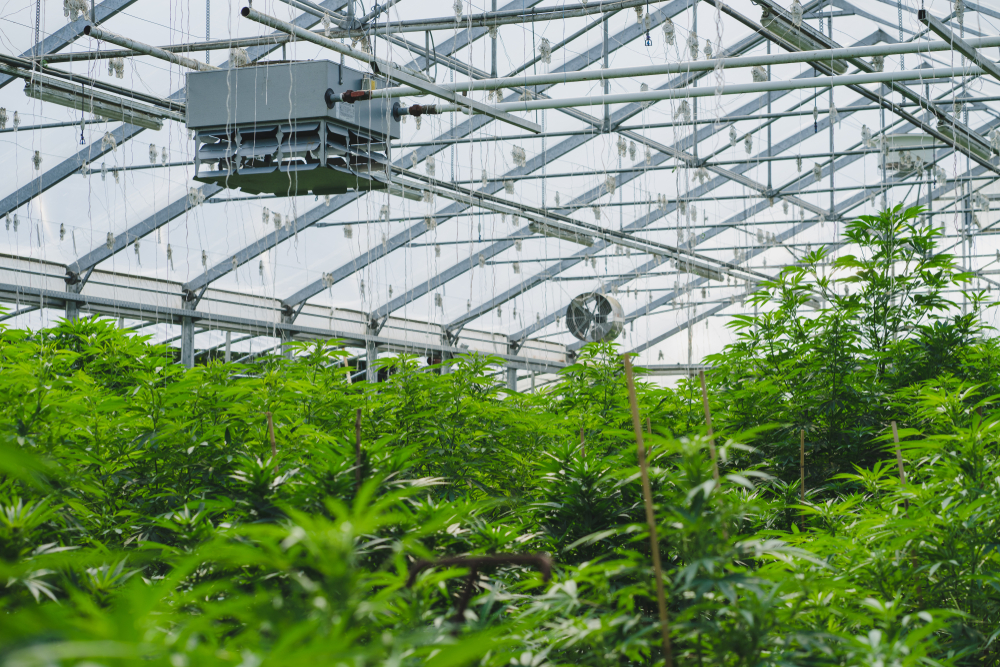Cannabis
What is Sinsemilla & How Does it Differ From Regular Weed?
If you’ve been in and around cannabis circles for long enough, you might’ve heard of the term “sinsemilla” before.
There’s no denying that weed has come a long way in the thousands of years that humans have utilized its versatile medicinal qualities.
Even today, the diverse uses of the cannabis plant continue to expand and increase in quality and potency, applying to a wide realm of applications thanks to ever-evolving innovations in growing, cultivation and breeding practices, as well as the broader development of the overall cannabis industry.
In this way, if you aren’t familiar with the term ‘sinsemilla,’ it’s no big deal!
With so many different vocab words to learn on such a persistent basis, it’s entirely understandable for some to fall through the cracks.
Today, we’re breaking down precisely what sinsemilla is, where it comes from and, ultimately, why you should care. Trust us. It makes a bigger difference than you might think.
So, What is Sinsemilla?
The term sinsemilla describes a variation of top-grade cannabis without seeds.
Specifically, it is engineered by growers and cultivators to yield the largest, most potent marijuana crop possible.
The word itself is derived from the Spanish words ‘sin,’ which translates to ‘without,’ and semilla,’ meaning ‘seed.’
So, for those of you that might need a little extra help putting two and two together, ‘sinsemilla’ directly translates to ‘without seeds.’
As straightforward as the name itself is – if you speak Spanish, that is – there is still quite a bit of confusion surrounding sinsemilla cannabis in that some users misinterpret it as a strain in itself, which is not the case.
Put bluntly – pause for laughs – sinsemilla is used to describe seedless cannabis.
Where did Seedless Cannabis Come From?
First and foremost, it’s important to know that cannabis landrace strains are not seedless.
Growers and cultivators must meticulously grow sinsemilla plants under a particular set of strict conditions to yield the best results.
While we won’t delve too deep into the biological technicalities, it’s worth noting that cannabis is what’s known as a dioecious species.
All it means is that there are both male and female cannabis plants, both of which are necessary to complete the pollination process.
That said, sinsemilla is among the more ‘woke’ cannabis species in that cultivators selectively grow the female cannabis plants without the interference of male plants.
If only life were that simple, right?
Separating these cannabis plant variations is an important distinction in the sinsemilla growing process because it’s the female cannabis plants that produce buds. On the other hand, male plants are better suited for producing hemp.

When it comes down to it, when a female cannabis plant and a male cannabis plant love each other very much, or even when they’re placed in proximity to each other, they tend to do what nature intended.
When male plants pollinate female plants, the female plants grow seeds that can spread elsewhere.
Out in the wilderness, this property is a necessary means of survival. However, it doesn’t necessarily result in the greatest quality bud for consumption purposes for users like you. It’s actually quite the opposite.
When male cannabis plants pollinate female plants, the female plants produce smaller buds with lots of seeds, resulting in a less favourable, typically harsher, smoking experience for tokers.
So, producers have since figured out that growing female plants on their own promotes the growth of larger buds with higher resin and THC concentrations.
Is Sinsemilla Indica or Sativa?
We almost got you! This clarification is actually a trick question. Sinsemilla can be both! Are you confused? That’s fair. Let us explain.
It’s a common misconception that sinsemilla cannabis is either a specific strain in itself or falls under the characterization of indica or sativa.
In actuality, it shares the love and spreads the wealth.
In other words, sinsemilla doesn’t fall under the confines of any of these categories.
As long as it’s seedless, it’s considered sinsemilla marijuana.
Instead, what sets these various plants apart is the particular growing technique a producer uses rather than cultivating a particular strain.
So, while it doesn’t fall under any umbrella classification, the term sinsemilla has become synonymous with higher-quality weed.
Not only is sinsemilla a more potent type of marijuana, but it also supplies a smoother smoking experience compared to other cannabis variations, namely smoking weed that contains seeds.
If you’re on the lookout for something that will minimize the risk of succumbing to an unsavoury and unpleasant coughing fit during your next sesh, sinsemilla is by far the best way to go.
Say ‘Si!’ to Sinsemilla
To reiterate, the term sinsemilla comes from the Spanish words ‘sin,’ meaning ‘without,’ and ‘semilla,’ which translates to seed. In other words, sinsemilla is seedless marijuana.
Seedless cannabis marks a crucial innovation for the cannabis industry in itself, serving as a representation of the immense progress and evolution that growing and cultivation techniques have experienced in recent years.
While it may not seem like an important distinction, the seedless nature of these plants plays directly into the overall quality of your smoking experience.
If you appreciate the art of the sesh and having smooth tokes without worrying about potentially hacking up a lung, sinsemilla should be your go-to weed of choice.
That said, most modern weed strains that you’d find when buying weed online or at your local dispensary will be of this variety.
In fact, it’s actually growing increasingly difficult to find weed with seeds these days.
Not only is it more forgiving on your lungs, but sinsemilla cannabis also boasts substantially more potency through its higher concentrations of resin and THC. So, there’s really no downside to opting for these products.
As always, happy toking!

